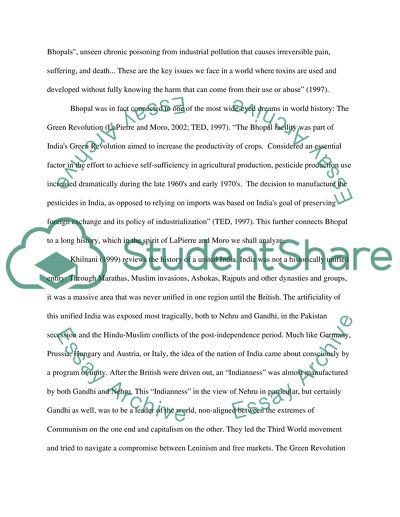Cite this document
(“It Was Five Past Midnight at Bhopal Essay Example | Topics and Well Written Essays - 1500 words”, n.d.)
Retrieved from https://studentshare.org/environmental-studies/1410289-a-book-review-on-five-past-midnight-in-bhopal
Retrieved from https://studentshare.org/environmental-studies/1410289-a-book-review-on-five-past-midnight-in-bhopal
(It Was Five Past Midnight at Bhopal Essay Example | Topics and Well Written Essays - 1500 Words)
https://studentshare.org/environmental-studies/1410289-a-book-review-on-five-past-midnight-in-bhopal.
https://studentshare.org/environmental-studies/1410289-a-book-review-on-five-past-midnight-in-bhopal.
“It Was Five Past Midnight at Bhopal Essay Example | Topics and Well Written Essays - 1500 Words”, n.d. https://studentshare.org/environmental-studies/1410289-a-book-review-on-five-past-midnight-in-bhopal.


